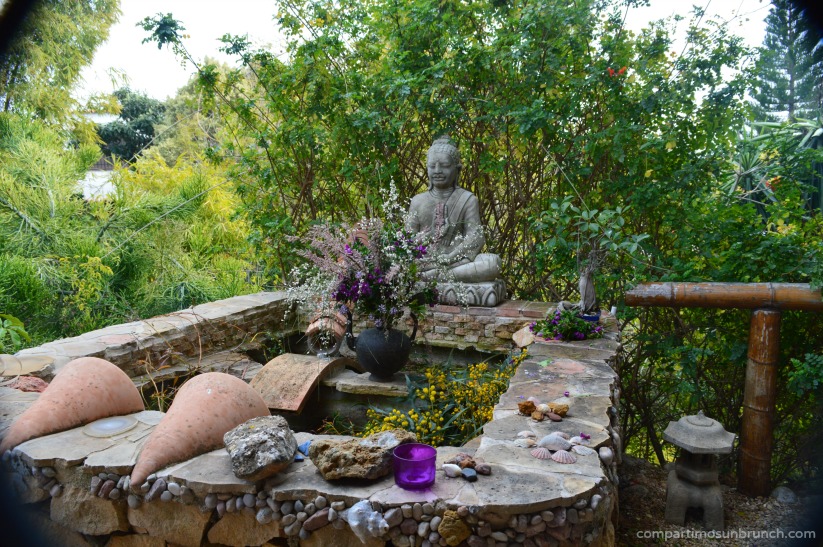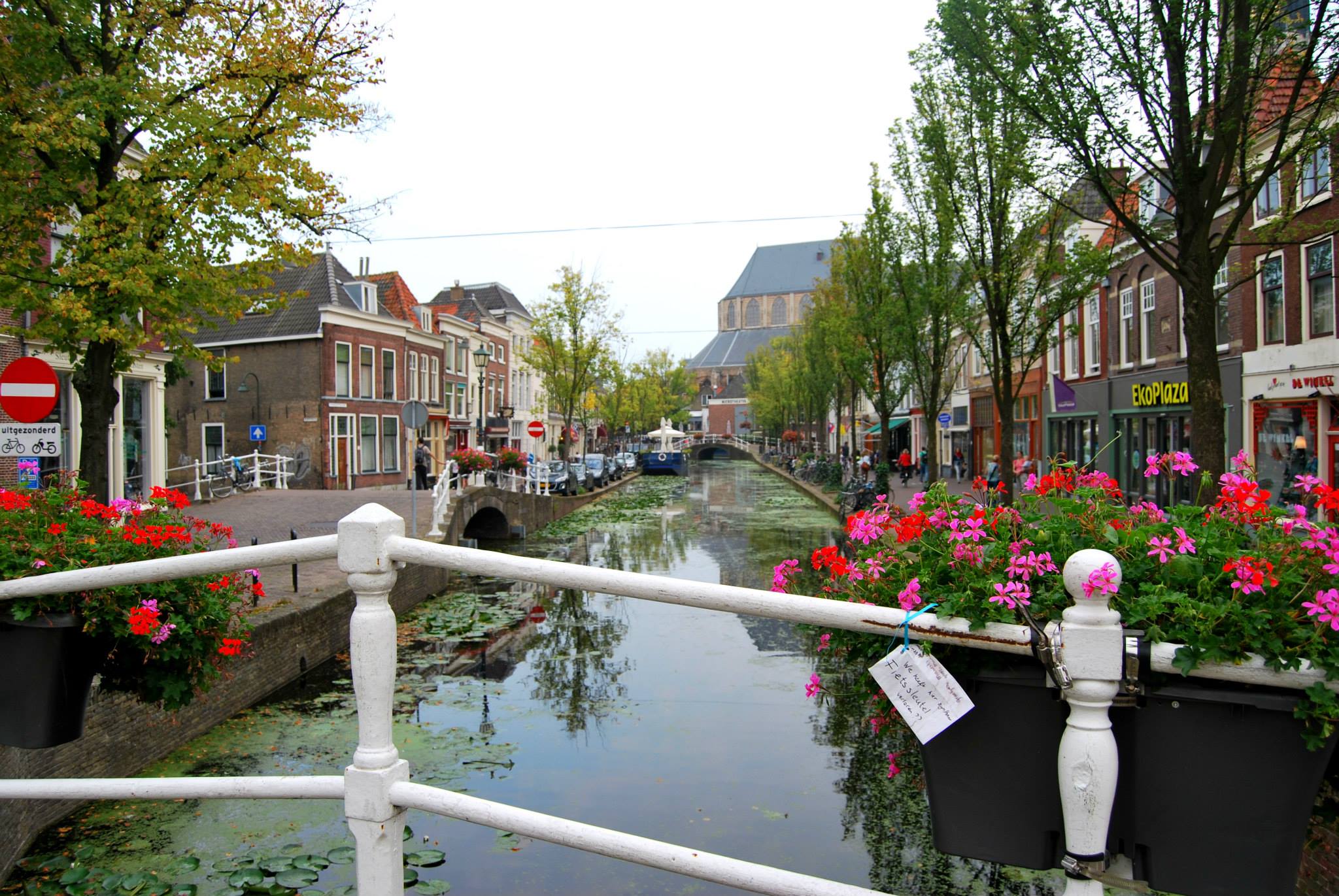North, South, East and West. Spain can boast of its coastal towns like few other countries can. Charming little villages that are very different from one another, and with strong traditions that we’ll explore in this post. Here are 4 towns that will leave their mark on you, not only for their people and cultural heritage but also for their inner beauty. Yes, you read that right. Inner beauty is not an attribute exclusive to humans alone; certain parts of Spain harbor unexpected treasures that you can only discover once you are there yourself.
Luarca, Asturias

Let’s begin up North… This small fishing village will just steal your heart. Its harbor, the many colors of its boats, its people, and its green cliffs make this little corner of Asturias the perfect place to find peace. In Luarca, life revolves around fishing. Early each morning, the townsmen go out to sea, and it is a real treat to watch them offload their daily catch and roll up their nets upon their return. In the evening, visit the popular barrio de la Pescadería, one of the best known and most traditional neighborhoods in Luarca. And let’s not forget its harbor, one of the main ones on the Cantabrian coast.
Barbate, Cádiz

And let’s move on down South. The urban area of Barbate also includes Caños de Meca and Zahara de los Atunes. If we had to pick a few words to describe Barbate, those would be fishing, almadraba (a traditional Mediterranean technique for catching tuna), white, hippies, relaxation, Zen and life. Fishing because it is a fishing village, and the best place in Europe to catch tuna. A magical place with a magnificent natural heritage: La Breña and Marismas del Barbate Natural Park. The color white reigns supreme at the Costa de la Luz (literally the coast of light), and that’s perhaps the reason why its houses are not just whitewashed but dazzle in a pure shade of neutral white. You’ll feel as if you’ve somehow stepped into a postcard.
Concello de Muxía, A Coruña

We now travel West. This awe-inspiring spot on the Costa Da Morte (Coast of Death for its steep cliffs) is on the ancient trail known as the Way of St. James. It was one of the villages that was hardest hit by the oil spill that resulted from the sinking of the Prestige oil tanker, but happily, it has managed to bounce back and shine anew like it did in the old days. The last few years have been hard for the locals, taking into account that the livelihood of the people of Muxía depends solely on tourism and fisheries. One of its main attractions is, without a doubt, the chapel overlooking the sea and known as la Ermita de la Virgen de la Barca, founded by the Monks of Moraime in the Middle Ages. The chapel survived a fire when hit by lightning in 2013, and although the altarpiece was badly damaged, one could say that it is nothing short of a miracle that the church still stands today. Perhaps the meigas (the witches believed to live in the area of Galicia) prevented its full destruction, or maybe the miracle can be attributed to the mysterious Pedra d´avalar, a rocking stone found in close proximity to the chapel. Legend has it that only the innocent are able to move it. We dare you to try.
Altea, Alicante

And we end our tour on the Eastern side. Its privileged location between the sea and the mountains make Altea’s microclimate a very special one. And proof to that is its excellent Jardín de los Sentidos, a unique and lush botanic garden 3,000 square meters in size, which many describe as a haven of peace rivaled only by paradise itself. But Altea is much more than its gardens and stony beaches. Perhaps some of its most striking features are its quaint little squares, its labyrinth-like steep streets, and of course, the old town. There you’ll find artisans selling their goods all year round, artists, street musicians, and hippie shops that make Altea a one of a kind sort of town in the map of the Valencian Community.

 English
English Français
Français Deutsch
Deutsch Italiano
Italiano Español
Español


